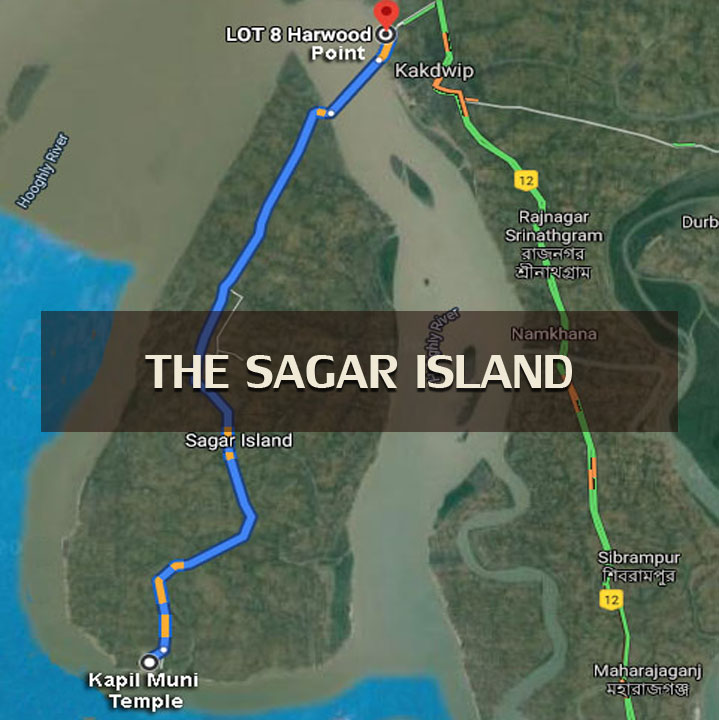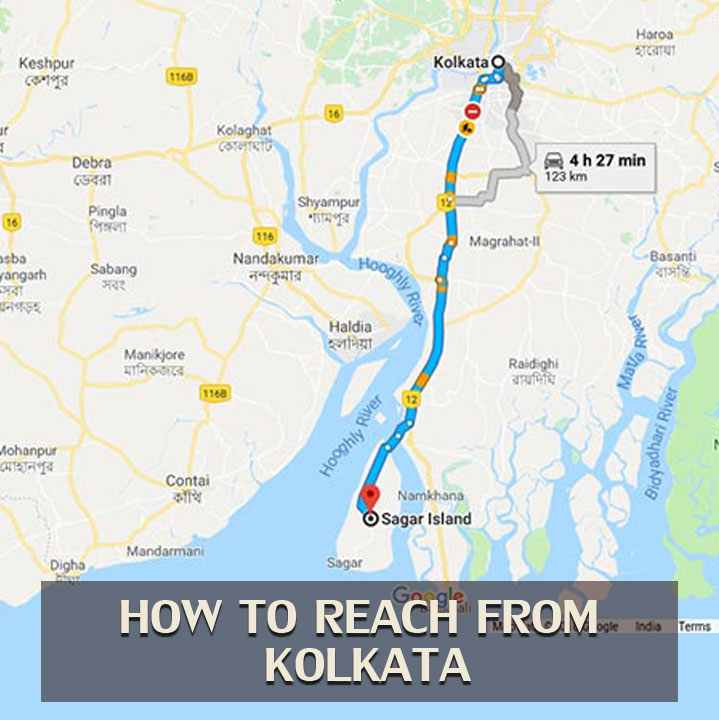This sacred place is primarily important for the Temple Of Kapil Muni, the great saint who according to myth was Lord Vishnu. Kapil Muni was the son of Kardam Muni. In the myth history it was said that Kardam Muni had to go through his marital life according to the directions of Lord Vishnu, but Muni agreed this under a condition & as per the condition Muni wished to Lord Vishnu to have him as his son. As per this condition Lord Vishnu had taken birth & named Kapil Muni. Kapil Muni's mythological story is related with the story of bringing the Holy River Ganga at this place. The mythological story is something like :- King Sagar, ruler of Ayodhya, had sixty thousand sons. The king was a powerful and fearless man and had defeated all the demons on Earth. One day, the king decided to perform an ancient horse ceremony called the 'Ashwamedha sacrifice' to show his supremacy. This involved setting a horse free to roam at will over the land and for it to return to him without being captured or attacked.
However, Lord Indra, the king of the gods, feared King Sagar's power and plotted against him. He kidnapped the horse and hid it outside the secluded dwelling of a wise old sage, Kopil Muni.
The sixty thousand sons searched the mountains, the rivers, the plains and the oceans for the horse. At last they came upon the sage's abode. Mistaking the sage as the kidnapper, they began to attack the house. Kapil Muni, deep in meditation, was interrupted by the disturbance. He opened his eyes in anger and used his fiery gaze to bum the sixty thousand princes and reduce them to ashes.
For many years, the sons' souls wandered as ghosts as their last rites had not been administered. Finally, one of King Sagar's grandchildren went in search of Kapil Muni to ask how their souls might be released. The sage advised him that the waters of the goddess Ganga, who resided in heaven, could cleanse their remains and they would be set free.
King Sagar prayed and pleaded to Ganga for several years. His grandson, then his great-grandson, then his great-great grandson tried ...It was his seventh generation descendent, Bhagiratha, who finally persuaded Ganga to descend to Earth.
As the Ganga rushed towards Earth, Bhagiratha prayed to Lord Shiva to help lessen the severity of the falling waters and prevent a catastrophe. Lord Shiva held out his long, matted hair and let the waters flow gently through it and land on the Himalayas in seven streams. These streams flowed into one to become the Ganges. King Sagar prayed and pleaded to Ganga for several years. His grandson, then his great-grandson, then his great-great grandson tried ...It was his seventh generation descendent, Bhagiratha, who finally persuaded Ganga to descend to Earth.
As the Ganga rushed towards Earth, Bhagiratha prayed to Lord Shiva to help lessen the severity of the falling waters and prevent a catastrophe. Lord Shiva held out his long, matted hair and let the waters flow gently through it and land on the Himalayas in seven streams. These streams flowed into one to become the Ganges. Bhagiratha led the river down to the sea, where it followed its own course and divided into one hundred mouths to form the mighty Ganges Delta. One of the streams reached the place where the ashes of the sixty thousand sons lay and freed their souls.
To this day, bathing in the Ganga is believed to wash away sins. People also bring the bones of their dead loved ones to place in the river or cremate their bodies at the river's edge and throw in the ashes. These actions are believed to lead to the salvation of the deceased.




 9231558313 & AYAN DAS 9038003647
9231558313 & AYAN DAS 9038003647 
 +91 7044228891
+91 7044228891 gangasagarpariseva@gmail.com
gangasagarpariseva@gmail.com